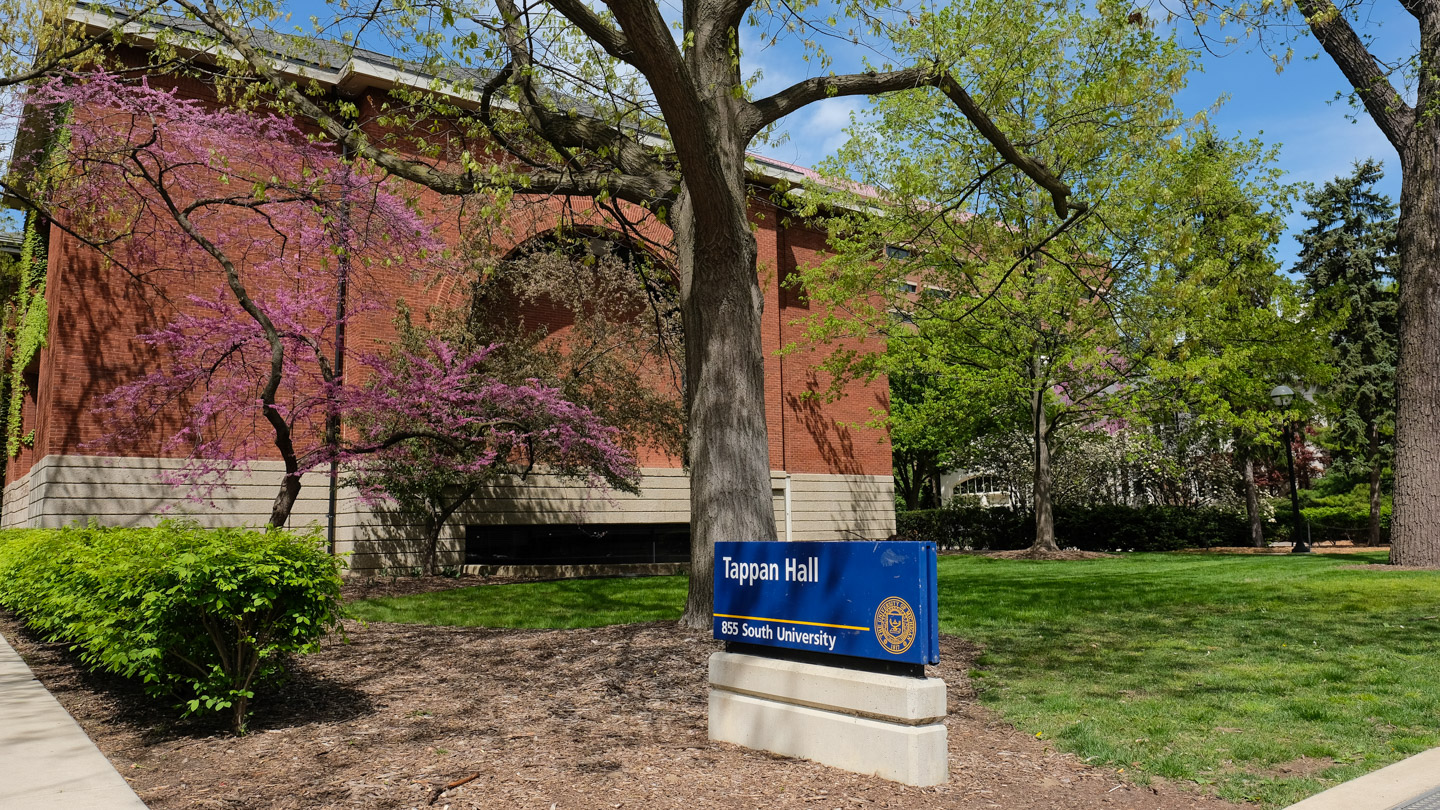The Rudolf Arnheim collection is composed of over 6,000 35 mm slides, which Dr. Arnheim used during the course of his study and teaching. Many of the slides depict art objects which are now unavailable from commercial sources and Arnheim's slides are often superior quality than reproductions made obtainable through copy photography. Arnheim's research focused on the science behind how humans experience art and the sensory world. Much of his research focused on architecture, paintings, sculpture, film, and music. The collection contains slides that capture the architecture of Italy, Germany, the Netherlands, France, Austria, Spain, England, Scotland, Sweden, Canada, and America, among others. Slides depicting photography and sculpture, both modern and ancient, make up a significant portion of the collection, as well. The works of artists such as Michelangelo, Matisse, and Edgar Degas are also included in the collection. The Arnheim slides were re-sorted into their current boxes by Dr. Rudolf Arnheim himself.
Rudolf Julius Arnheim was born on Alexanderplatz in Berlin, Germany, on July 15, 1904. The Arnheim family moved to Kaiserdamm in Charlottenburg not long after Rudolf's birth and remained there until the 1930's. It was there where Mr. Georg Arnheim, Rudolf's father, owned a small piano factory, which the senior Arnheim expected his son to take over one day. However, Rudolf Arnheim decided to continue his education instead and attended the University of Berlin (now called Humboldt-Universität), where he studied philosophy, psychology, music, and art. While at the university Arnheim studied under the founders of Gestalt psychology, Max Wertheimer and Wolfgang Kohler. In 1928 Rudolf Arnheim earned his doctorate in philosophy, of which psychology was a disciple. Upon his graduation, Arnheim began working forDie Weltbühne, a liberal political publication, in which he published articles on film, art, and architecture. He published his first book, Film as Art, just before the Nazis rose to power in Germany. Given Arnheim's Jewish heritage and his previously published critiques of Hitler, he was forced to flee to Rome, Italy, in 1933 and remained there until Mussolini allied Italy with Germany in the late 1930's. Arnheim once again fled, this time to London, where he worked as a translator for the BBC and waited for his visa to the United States. In 1940 Arnheim arrived in New York, where he began teaching at the New School for Social Research while he was also working as a researcher at Columbia University. Arnheim joined the faculty at Sarah Lawrence College in 1943 and in 1968 he was invited to be part of the faculty of Harvard University's Department of Visual and Environmental Studies. Eventually Dr. Arnheim retired in 1974 and moved to Ann Arbor, Michigan. Over the next ten years Arnheim taught as a visiting professor at the University of Michigan. Arnheim married Mary Frame in 1953. Dr. Rudolf Arnheim died in Ann Arbor, Michigan, on June 9, 2007.
Dr. Arnheim's work focused on the way in which humans experience the sensory world, particularly art. He applied Gestalt psychology to photography, painting, film, architecture, radio soap operas, and early television. Dr. Arnheim studied the nexus between science and art, specializing in the connection and difference between vision and cognition.
